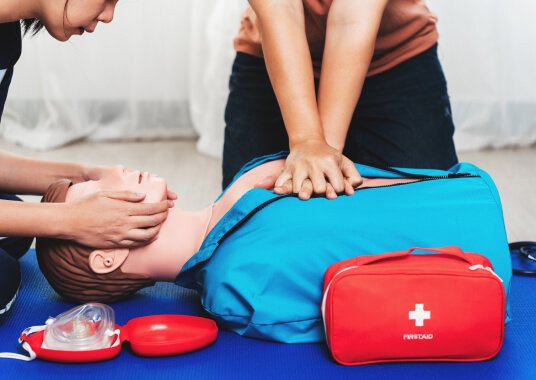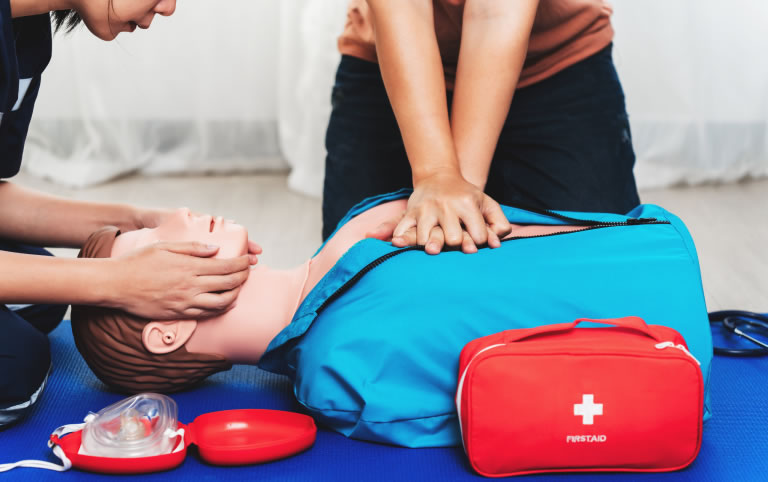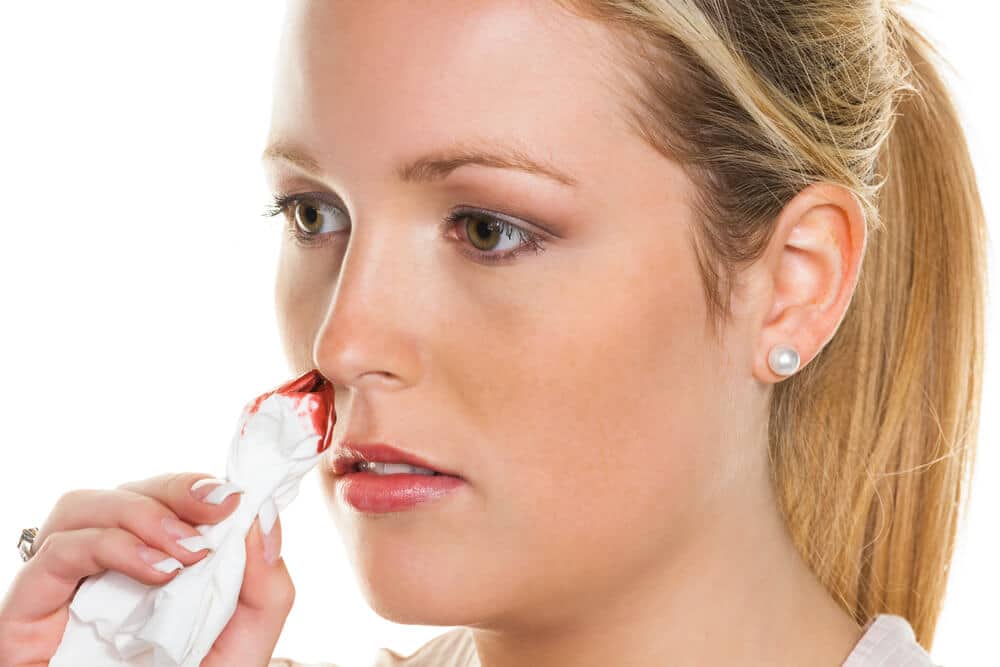CPR, First Aid, BLS, ACLS, PALS certifications.


Learn how to provide essential care before emergency responders arrive with our 100% Online First Aid Course. Receive instant certification valid for 2 years—plus unlimited quiz retakes.
$14.95 $24.90
| Chapters | CE Credits | Validity | Cost | Duration | ECC | Exam Attempts | Wallet Card |
|---|---|---|---|---|---|---|---|
| 13 | 2.0 | 2 Years | $14.95 | 1-2 Hrs | Compliant | Unlimited | Download/Print/Mail |
Wounds are injuries that affect the soft tissue—any tissue in the body that isn’t bone. They’re typically categorized as either closed wounds or open wounds.

Look out for:
This chapter in your Online First Aid Course helps you recognize and respond to wound emergencies with the right level of care and caution.